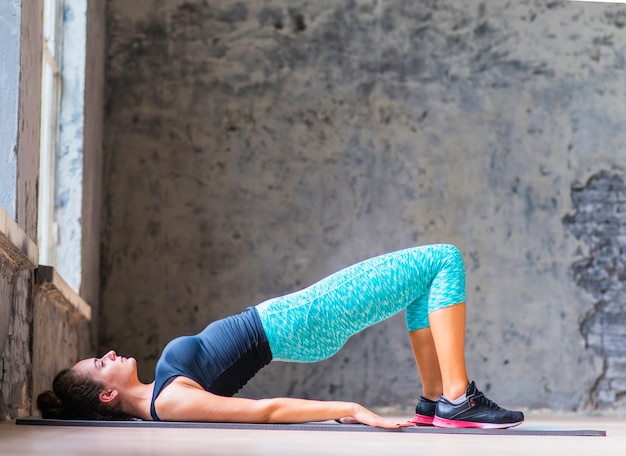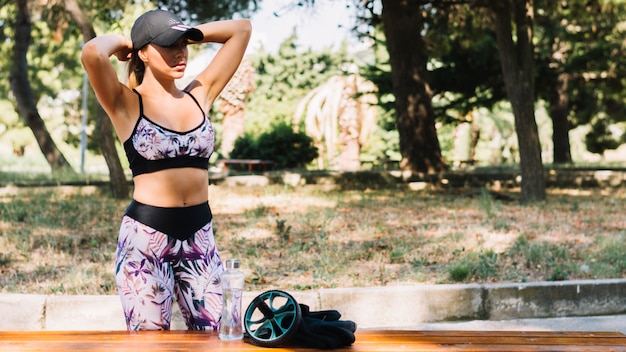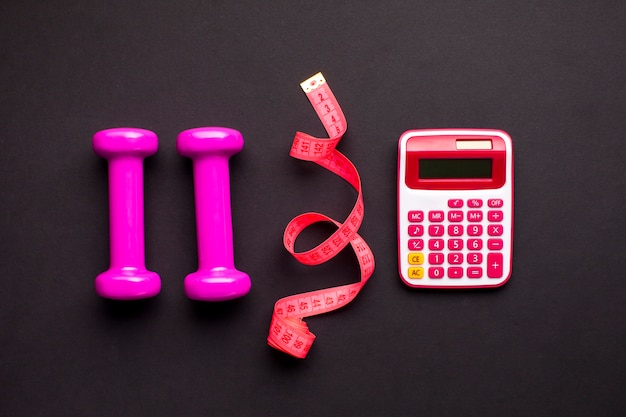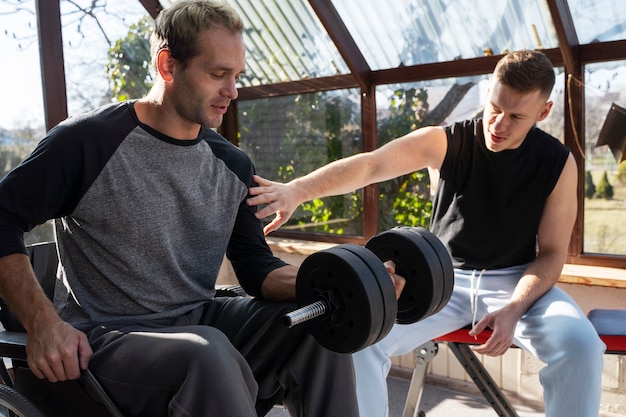The Ultimate Muscle Gain Guide for Kids & Teens: Simple Routines, Smart Habits, and Science-Backed Tips
Helping kids and teens build muscle doesn’t require intense gym sessions or protein-packed supplements. With the right habits, safe routines, and evidence-based guidance, young individuals can develop strength, confidence, and lifelong fitness habits—without risking injury or burnout.
Why Muscle Gain Matters for Youth
Muscle development during childhood and adolescence supports healthy growth, improves posture, enhances athletic performance, and boosts metabolism. According to the American Academy of Pediatrics, strength training is safe and beneficial for children as young as 7 or 8, provided it's done with proper supervision and technique.
The goal isn’t bodybuilding—it’s functional strength, coordination, and establishing a foundation for long-term health.
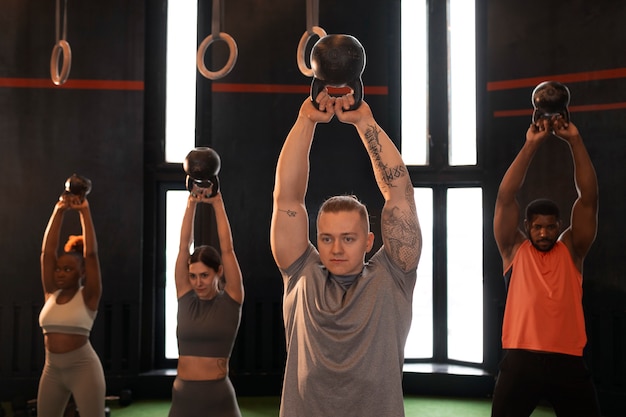
Myths About Youth Strength Training
- Myth: Lifting weights stunts growth.
Fact: No scientific evidence supports this. Injuries occur from improper form or excessive loads, not from age-appropriate training.
- Myth: Kids can’t build muscle before puberty.
Fact: While hormonal changes during puberty enhance muscle growth, pre-teens can still improve strength through neuromuscular adaptation.
- Myth: Supplements are necessary.
Fact: Whole foods provide all the nutrients young athletes need. Supplements are not recommended for most children.
Safe & Effective Routines (3 Short Workouts Per Week)
Focus on bodyweight exercises, proper form, and gradual progression. Each session should last 20–30 minutes and include warm-up, strength work, and cool-down.
Workout 1: Foundational Strength
- Warm-up: 5 min brisk walk or jumping jacks
- Squats – 2 sets of 10
- Push-ups (on knees or wall if needed) – 2 sets of 8–10
- Plank – Hold for 20–30 seconds, 2 rounds
- Glute bridges – 2 sets of 12
- Cool-down: Stretch quads, hamstrings, chest (5 min)
Workout 2: Functional Movement
- Warm-up: Arm circles, high knees (5 min)
- Lunges (bodyweight) – 2 sets of 8 per leg
- Superman holds – 2 sets of 20 seconds
- Step-ups (on stairs or low platform) – 2 sets of 10 per leg
- Bear crawls – 2 sets of 10 steps forward and back
- Cool-down: Child’s pose, shoulder and hip stretches
Workout 3: Power & Coordination
- Warm-up: Jump rope or jogging in place (5 min)
- Jump squats (low impact) – 2 sets of 8
- Wall sits – Hold 20–30 seconds, 2 rounds
- Mountain climbers – 2 sets of 15 seconds
- Side planks – 15 seconds per side, 2 rounds
- Cool-down: Full-body stretching routine

Simple Daily Habits for Muscle Support
Exercise is only part of the equation. These daily habits support muscle growth and recovery:
- Protein-rich meals: Include eggs, dairy, beans, chicken, or tofu in every meal. Aim for 0.8–1.2 grams of protein per kilogram of body weight daily.
- Hydration: Drink water throughout the day. Dehydration reduces strength and focus.
- Sleep: Teens need 8–10 hours; younger kids need 9–12. Growth hormone is primarily released during deep sleep.
- Active recovery: Encourage walking, biking, or playing sports on rest days.
- Consistency: Short, regular workouts beat infrequent, intense ones.
When to Add Resistance
Once bodyweight exercises feel easy (after 4–6 weeks), introduce light resistance:
- Resistance bands
- Light dumbbells (1–5 lbs)
- Backpack with books (for squats or lunges)
Always prioritize form over weight. Increase resistance gradually and only under supervision.
Red Flags to Watch For
Stop and reassess if your child experiences:
- Pain (not to be confused with normal muscle fatigue)
- Joint swelling or discomfort
- Loss of interest or motivation
- Signs of overtraining: fatigue, irritability, poor sleep
Final Thoughts
Building muscle as a kid or teen should be fun, safe, and sustainable. Focus on movement, consistency, and healthy habits—not size or appearance. With the right approach, young people can gain strength, confidence, and a lifelong appreciation for fitness.
Start small, celebrate progress, and make fitness a family affair.







